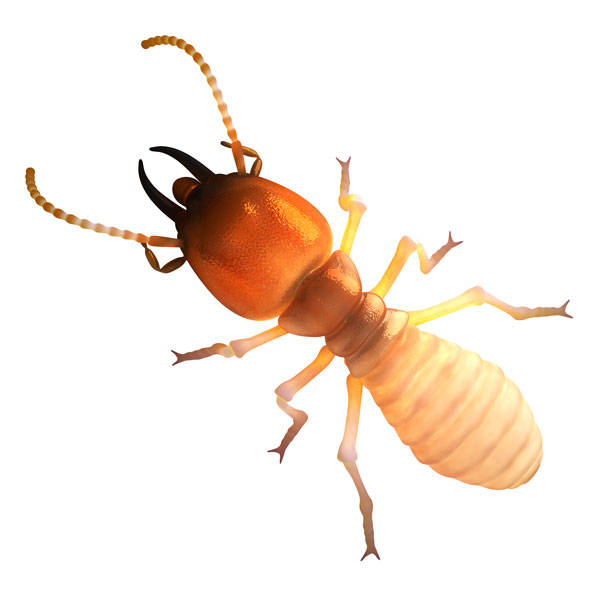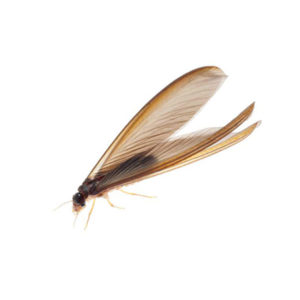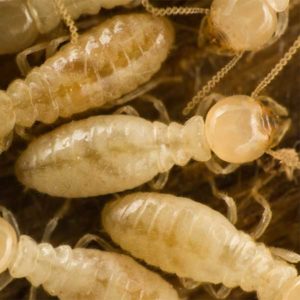Dampwood Termites in the Pacific Northwest
As their name implies, dampwood termites are most attracted to wet or moist wood. These pests are much larger than other species, and they do not construct mud tubes the way other termites do. Instead of relying on other food sources, dampwood termites feast on the wood they are carving. They will also cover entry holes to their tunnels with feces to preserve humidity levels. Though dampwood termites are commonly found in humid and tropical climates, they can live anywhere that there is moist lumber.
Dampwood Termite Habitat
Dampwood termites typically nest in wet or decaying lumber. There are three primary castes of dampwood termites: the reproductives (alates), the soldiers, and the false workers (pseudergates). Most of these termites are active at night, though they are attracted to light. Though dampwood termites typically remain outdoors, they have been known to infest homes and buildings with high moisture levels due to plumbing leaks, drainage complications, or ventilation problems. If they do infest a home or building, they can cause expensive and hazardous structural damage by hollowing out support beams.
Dampwood Termite Behaviors, Threats, or Dangers
Though dampwood termites are capable of biting humans, they rarely do unless provoked. However, seeing these pests in your home could mean that you have extensive water damage or moisture problems throughout your property. Since dampwood termites require a lot of moisture to survive, they are most drawn to structures with leaks, broken pipes, or other moisture issues. Additionally, these termites can structurally weaken your home or building, leading to dangerous conditions and costly repairs. To prevent or control a dampwood termite infestation, it’s important to enlist the help of a professional termite exterminator before these pests can cause too much damage.



